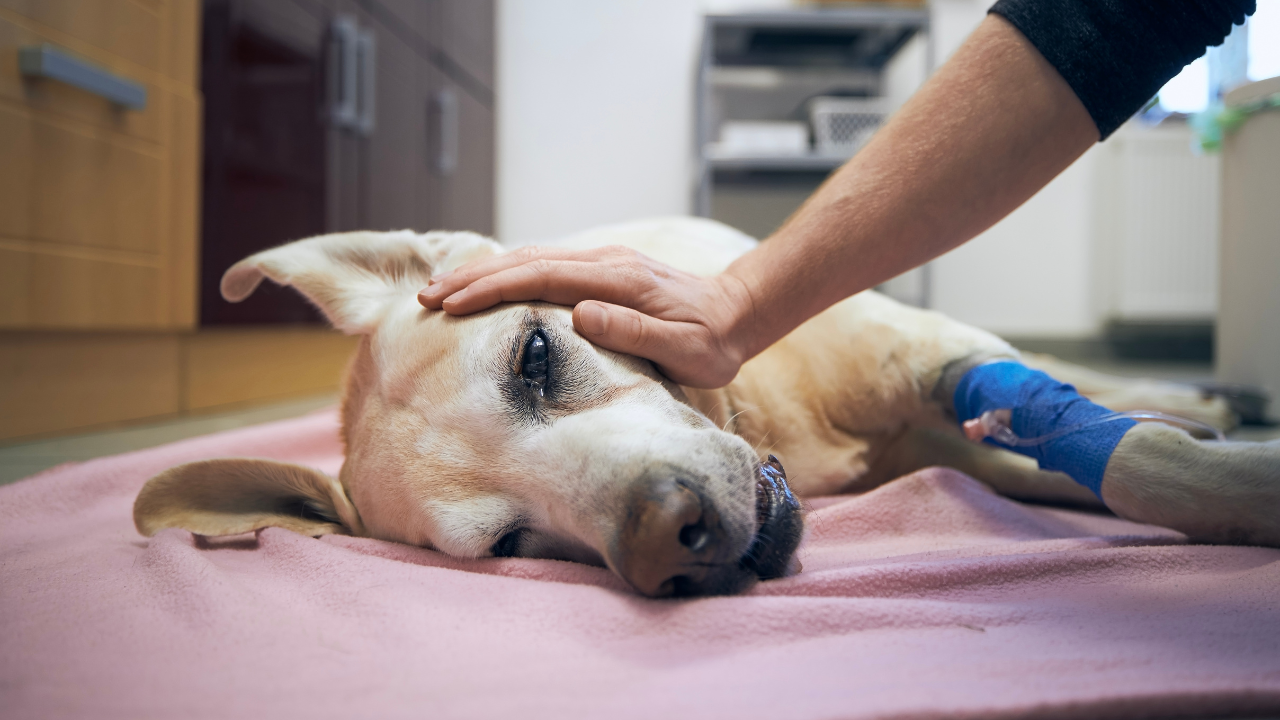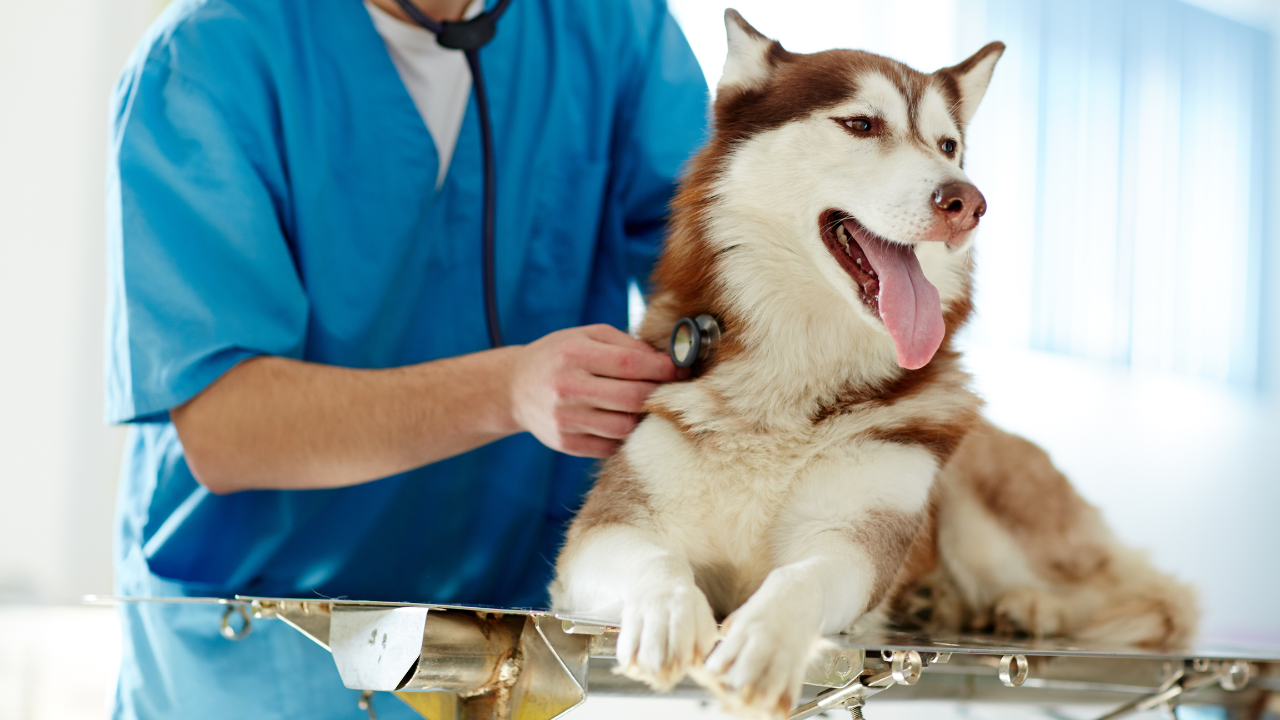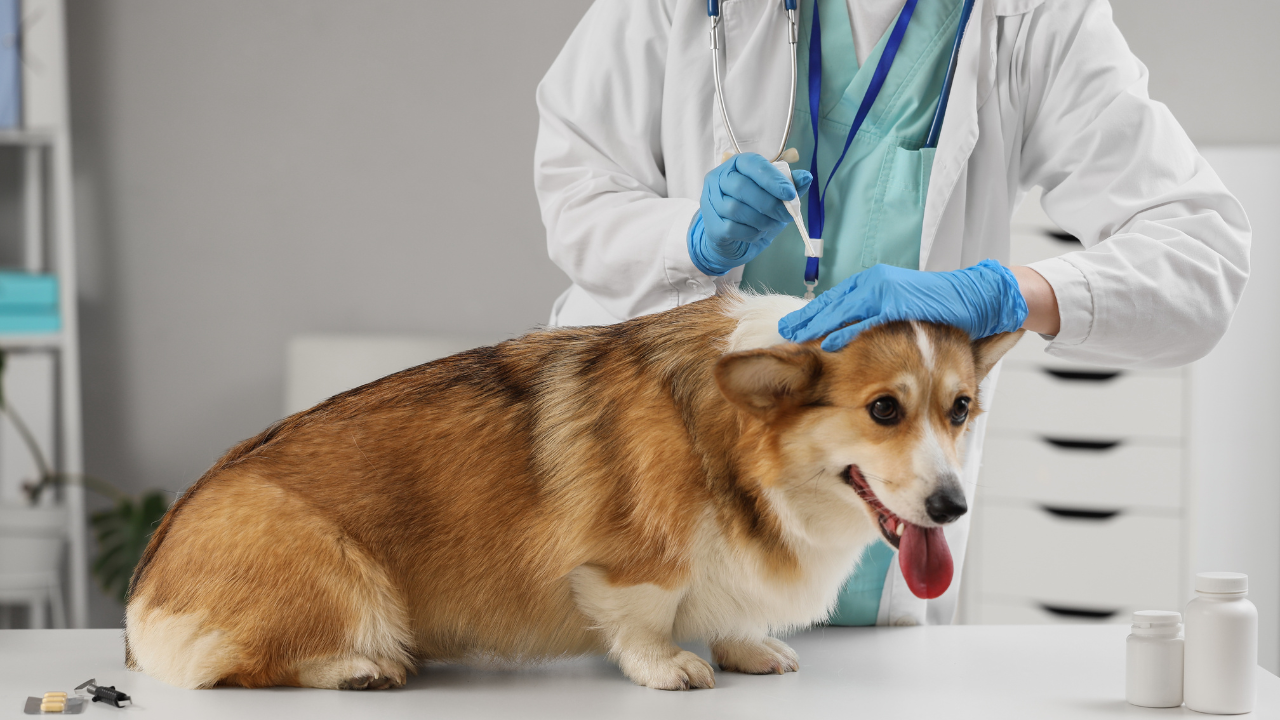What To Do If a Dog Gets Stung By a Bee

Dogs are naturally curious. They love to chase, sniff, and paw at buzzing insects. Unfortunately, this curiosity often puts them at risk of getting stung by a bee. While many dogs stung by bees experience only mild discomfort, some can suffer from severe allergic reactions. In rare cases, a bee sting can even become life-threatening.
Bee stings inject venom under the skin, which leads to pain, swelling, and irritation. For most dogs, this discomfort is temporary. However, some dogs experience allergic reactions that escalate quickly. Understanding the risks and acting fast makes a big difference in your dog’s safety.
As a pet parent, you should know what to do if dog gets stung by bee, how to recognize symptoms, and what first aid steps to take. This knowledge ensures your furry friend gets relief while avoiding complications.
What Happens If a Dog Gets Stung by a Bee
When a bee stings, it releases venom through its stinger. In dogs, this venom can cause localized swelling, redness, and sharp pain. The reaction depends on the dog’s size, age, and immune response.
Most of the time, the sting remains a minor issue. Your dog may yelp, lick the affected spot, or try to scratch at it. The area may become warm, tender, and puffy. These are normal reactions.
However, bee venom contains compounds that can trigger allergic responses. In sensitive dogs, even one sting may cause a dangerous condition known as anaphylaxis. This condition requires immediate veterinary care.
The location of the sting also matters. A dog stung by a bee in the mouth or a dog stung by bee in the face can suffer from dangerous swelling around the airway. Breathing difficulties may develop quickly, making quick intervention critical.
Dog Stung by a Bee: Symptoms You Should Know
Recognizing the symptoms early helps you decide on the right response. Dogs stung by bees may show different symptoms depending on whether they are having a mild reaction or a more severe one.
Common symptoms
- Swelling around the sting site
- Redness and irritation
- Constant licking or scratching at the area
- Whining, pawing, or sudden agitation
- Localized pain or tenderness
Severe symptoms
- Difficulty breathing or wheezing
- Excessive drooling or gagging
- Swelling around the mouth, tongue, or throat
- Vomiting or diarrhea
- Weakness, dizziness, or collapse
If you notice any severe signs, treat it as an emergency. You can also rely on our emergency dog care guide for critical situations for step-by-step instructions in handling such cases. This guide is essential for every pet parent to stay prepared before reaching a veterinary professional.
What To Do If a Dog Gets Stung By a Bee (Immediate First Aid Steps)

When your dogs are stung by bees, acting fast helps reduce pain and prevent complications. Here are step-by-step first aid actions every pet parent should know:
Step 1: Stay Calm and Keep Your Dog Still
Dogs sense your emotions. If you panic, your pet may become more stressed. Speak gently and try to keep your dog calm and still. Movement can spread the venom faster. Always remember that how you approach a dog in stressful situations matters.
Step 2: Locate the Sting Site
Check where the sting occurred. Common spots include the nose, paw pads, and mouth. Be gentle while examining. If the sting is in the mouth or throat, call your vet immediately before trying home remedies.
Step 3: Remove the Stinger (If Visible)
Bees often leave their stinger in the skin. Use a flat object, like a credit card, to scrape it out. Avoid using tweezers if possible, as squeezing may release more venom.
Step 4: Apply a Cold Compress
Place a clean cloth with ice wrapped inside on the sting site. Apply it for 5–10 minutes to reduce swelling and numb the pain.
Step 5: Prevent Excessive Scratching
Dogs may lick or scratch the sting, which worsens irritation. Distract your dog with a toy or a gentle grooming activity. This is where regular grooming is important for building trust and handling your dog with care.
Step 6: Monitor for Allergic Reactions
Watch closely for signs of breathing problems, vomiting, or widespread swelling. If these occur, rush to your vet without delay.
How to Treat a Dog Stung by a Bee at Home
If your dog only shows mild discomfort, home treatment often helps. Here are safe and effective ways to soothe the sting:
- Cold Compress Therapy: Apply a cold pack several times a day for short intervals. This reduces swelling and relieves pain.
- Baking Soda Paste: Mix baking soda with water to form a paste. Apply it gently on the sting site. This neutralizes some of the venom and calms irritation.
- Aloe Vera Gel: Natural aloe helps cool the skin and reduce redness. Make sure the gel is pet-safe and free from additives.
- Epsom Salt Soak (For Paws): If the sting is on the paw, soak it in lukewarm water mixed with Epsom salt. This reduces swelling and speeds up healing.
- Over-the-Counter Antihistamines (Only if Approved by Vet): In some cases, vets allow mild antihistamines to reduce itching. Never give human medicine without veterinary guidance.
During home treatment, keep your dog under observation for at least 24 hours. Mild symptoms should improve within a few hours. If your dog's symptoms worsen after a bee sting, seek professional help immediately.
Can Dogs Be Allergic to Bee Stings?

Yes, some dogs are allergic to bee stings. Just like humans, dogs have immune systems that may overreact to bee venom. A dog that got stung by a bee once and only had mild swelling may react more severely the next time.
Allergic dogs experience exaggerated immune responses. Instead of just local swelling, their bodies release large amounts of histamine. This leads to widespread inflammation, low blood pressure, and difficulty breathing.
Allergies can develop unexpectedly. Even if your dog has been stung before without issues, a future sting might trigger an allergic reaction. That is why pet owners should always remain cautious.
When to Seek Veterinary Care Immediately
Even though most bee stings in dogs are mild, certain situations require immediate veterinary care. Knowing when to rush to the clinic can save your dog’s life.
You should seek veterinary help right away if:
- Your dog is stung multiple times.
- The sting is inside the mouth, throat, or near the eyes.
- Swelling spreads rapidly and affects breathing or swallowing.
- Your dog shows vomiting, diarrhea, or sudden collapse.
- There is a history of allergic reactions to stings.
At the clinic, the vet may give your dog an antihistamine or corticosteroid injection to stop the allergic reaction. In severe cases, oxygen therapy and intravenous fluids are required to stabilize breathing and circulation.
Never wait and see if your dog’s symptoms worsen in such situations. Swift action ensures the best outcome.
Be Prepared for Any Situation with PDGA Courses

As a caring pet parent, you want nothing but the best for your dog. But emergencies like a dog stung by bee, sudden itching, or allergic reactions can happen at any time. That’s why we designed our Professional Dog Grooming Courses to prepare you for real-life situations, not just grooming basics.
In our course, you’ll learn pet first aid, safe handling techniques, and effective ways to manage common issues like skin irritations and allergies. With step-by-step guidance, we make sure you feel confident and capable of acting quickly when your dog needs you most.
Through the PDGA Training Program, we don’t just teach grooming we train responsible, prepared, and knowledgeable pet owners. With us, you’ll gain the skills to provide safer grooming routines, smarter care, and the confidence to handle emergencies before veterinary help arrives.
Final Thoughts
Bee stings may seem like small accidents, but for dogs, they can turn serious in minutes. A single sting can cause localized swelling, while multiple stings or allergic reactions may lead to emergencies. The key is to stay calm, identify symptoms quickly, and take immediate first aid measures.
If your dog shows only mild swelling, home remedies such as cold compresses, baking soda paste, or aloe vera gel can bring relief. But if the sting affects the mouth, face, airway or if your dog shows alarming symptoms, veterinary care is critical.
Preparation makes all the difference. Knowing what to do in advance ensures your pet’s safety. By investing time in PDGA courses, you gain both grooming skills and the confidence to handle emergencies.
Your furry friend depends on you for protection. Understanding how to treat bee stings quickly and safely shows true love and responsibility as a pet parent. With knowledge, readiness, and professional guidance, you can keep your dog safe, healthy, and happy no matter what surprises come buzzing your way.



